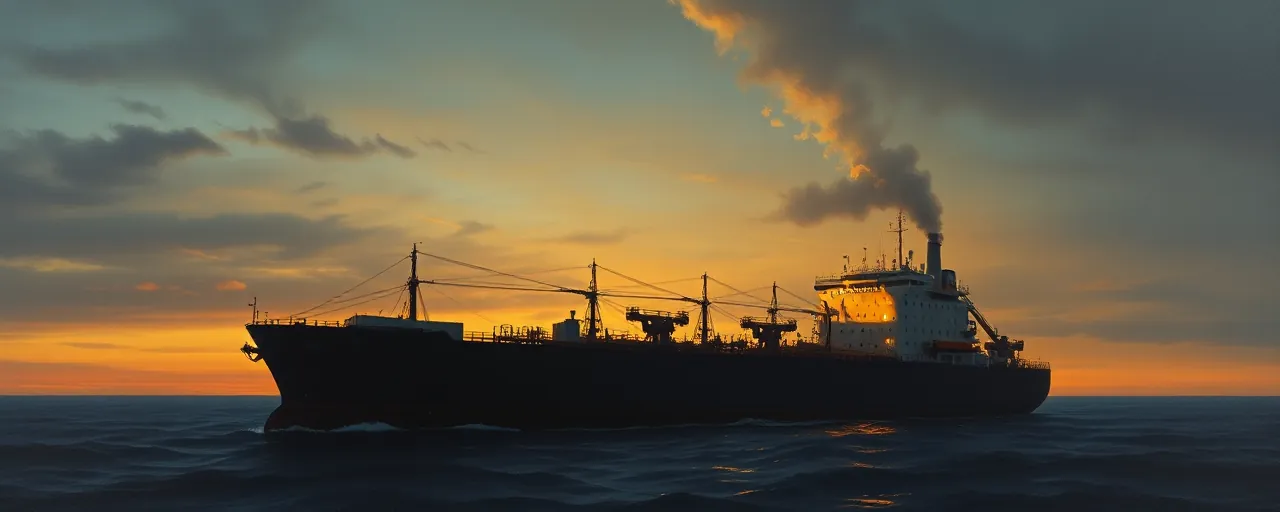A New Wave of Pressure
The United States rolled out fresh sanctions on April 10, 2025, targeting entities tied to Iran’s petroleum trade. Four companies, including a China-based oil terminal and three vessel management firms, now face blocked assets and restricted dealings with U.S. entities. Two tankers were also flagged as part of the move. This step aims to choke off funds Iran uses for its regional influence and domestic control, a tactic echoing years of economic standoffs.
Details hit hard and fast. The Department of State pointed to Guangsha Zhoushan Energy Group, a Chinese firm running a terminal on Huangzeshan Island, accusing it of snapping up millions of barrels of Iranian crude since 2021. Linked to a nearby refinery, the terminal’s role underscores a tangled web of trade that’s kept Iran’s oil flowing despite years of U.S. efforts to shut it down. It’s a gritty reminder of how global energy markets dodge the rules.
China’s Role in the Spotlight
China’s fingerprints are all over this. As Iran’s top oil buyer, it’s been hoovering up nearly 90% of Tehran’s exports, with imports spiking to 1.9 million barrels a day in March 2025. Smaller refineries, dubbed 'teapot' plants, thrive on discounted Iranian crude, piping it through setups like Guangsha’s terminal. This trade’s grown thorns since the U.S. pulled out of the 2018 nuclear deal, leaving policymakers in Washington fuming as Beijing deepens its 25-year strategic pact with Tehran.
The stakes stretch beyond oil barrels. Analysts argue this lifeline keeps Iran’s economy afloat, letting it bankroll proxies across the Middle East and nudge its nuclear program forward. Yet, voices from Beijing insist they’re just securing energy, not picking a fight. The U.S.-China tension simmers hotter with every tanker that docks, proving sanctions don’t scare everyone off.
The Shadow Fleet’s Dangerous Dance
Then there’s the 'shadow fleet.' Vessel managers like Marziya Shipping, Rising Phoenix, and Valiant Marine Ventures run tankers that have hauled over 40 million barrels of Iranian crude since 2021. These ships, including Virgo and Amor, slip through cracks by switching off tracking systems, a move called 'dark activity.' It’s a sly way to hide cargo origins, but it’s playing with fire on busy shipping lanes.
The risks aren’t hypothetical. A 2024 collision in the Straits of Malacca, pinned on a tanker dodging detection, showed how this game threatens lives and ecosystems. Maritime experts warn these vessels, often poorly maintained and uninsured, are accidents waiting to happen. Enforcement agencies push for tighter rules, but the fleet’s slippery tactics keep regulators scrambling.
Do Sanctions Deliver?
Sanctions have a track record, but it’s a mixed one. Iran’s oil exports, once a powerhouse, took a hit after 2018, dropping revenue by billions and fueling inflation at home. In 2024, it still pumped out 1.6 million barrels daily, raking in $29 billion, mostly thanks to China. The U.S. keeps swinging, targeting shippers and buyers under executive orders, yet Iran adapts, leaning on clandestine networks to stay in the game.
The bigger question lingers. Tehran’s nuclear work and regional muscle haven’t buckled. Some experts say sanctions squeeze hard but miss the mark without diplomacy or broader buy-in. Others note Iran’s defiance, backed by allies, shows limits to what economic pressure alone can achieve. It’s a standoff with no clean end in sight.
What’s Next for the Pressure Campaign
This latest round of sanctions lands as talks between Washington and Tehran stutter along, shadowed by distrust. The U.S. insists it’s not about punishment but changing behavior, even dangling delisting options for those who comply. Still, Iran’s oil keeps moving, and the shadow fleet keeps sailing, testing how far this strategy can stretch.
The ripple effects hit global trade, energy prices, and maritime safety, pulling in players from Asia to the Middle East. For people watching from the sidelines, it’s less about political chess and more about real-world fallout: higher costs, riskier seas, and a region that won’t settle down. The U.S. doubles down, but the jury’s out on whether it’s enough to shift the tide.
